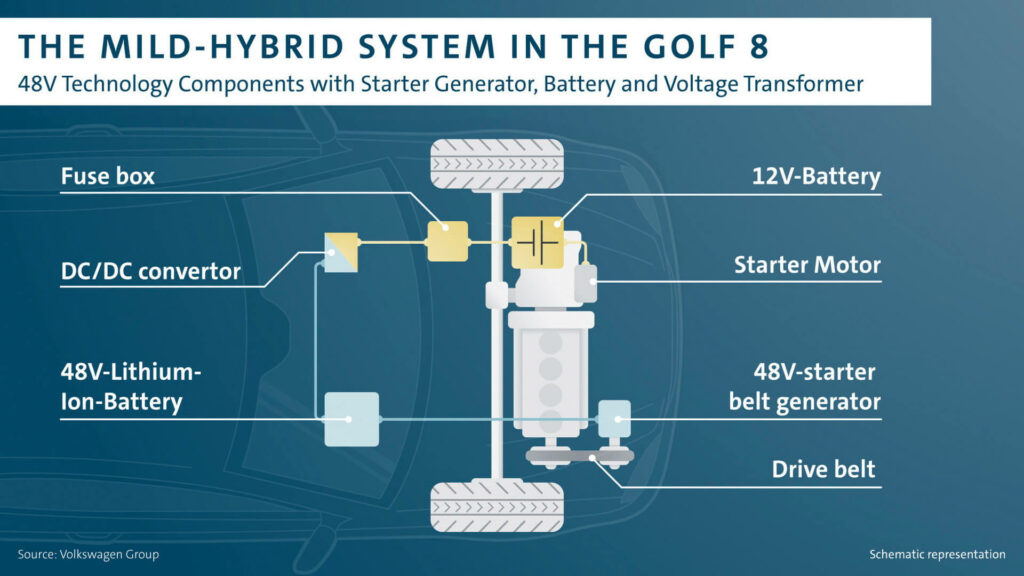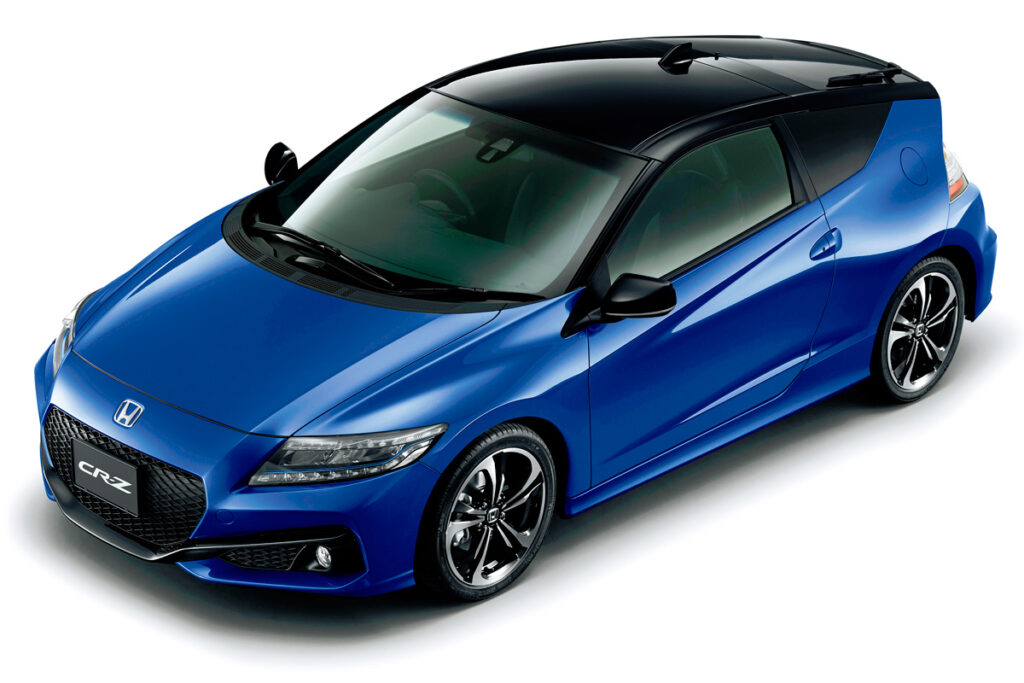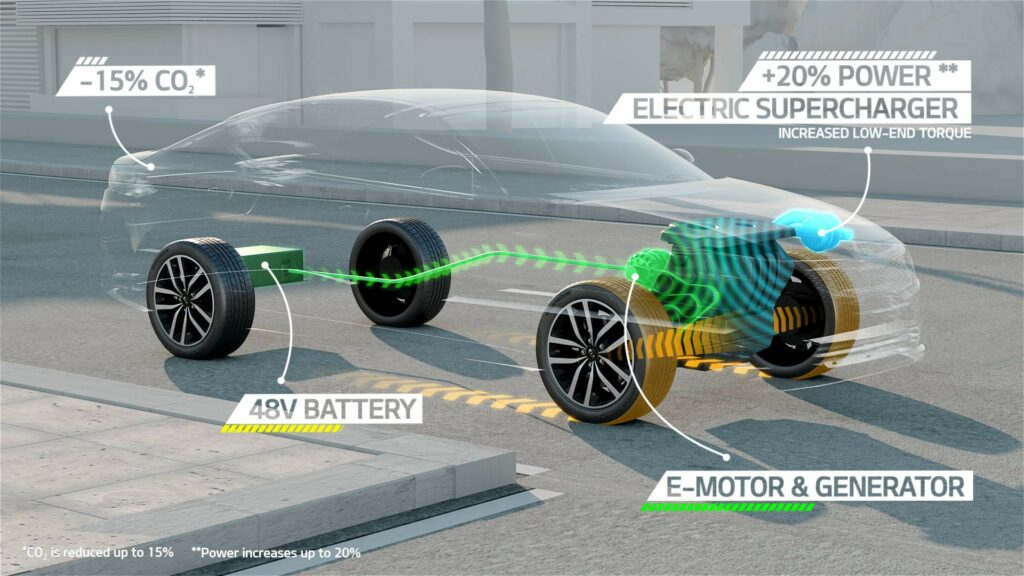A hybrid power unit combines an internal combustion engine and an electric motor, which provides lower fuel consumption and reduces the toxicity of exhaust gases. However, the more efficient a hybrid car is, the more powerful batteries it requires and, consequently, the higher price it has.
Depending on what role the electric motor plays in the power unit, hybrids are divided into mild and full ones. In the first ones, the electric motor serves as a helper to the internal combustion engine, as, for example, in the Honda Insight hatchback. The second ones are able to drive some distance with only electric traction, like the Lexus RX 400h. There are also allegedly microhybrids – a term coined by marketers for advertising the start/stop system. But the latter is essentially a generator with advanced functions. And we are talking about schemes where electric motors transmit torque to wheels.

There are also three main scheme types of hybrid power units: series, parallel and series-parallel. The series hybrid scheme appeared first (it was invented in 1899 by Ferdinand Porsche himself), but it is less common in passenger cars. For example, power units of quarry dump trucks, some buses and locomotives are built according to it. In the series scheme, wheels are driven by an electric motor, and a small displacement internal combustion engine rotates a generator that produces electricity. There is no need for a gearbox and a powerful internal combustion engine. But batteries, as a rule, nickel metal hydride, with a large capacity are required.
The most common scheme now is parallel. It was patented back in 1905 by the German Henri Pieper. Almost all mild hybrids meet it. They are equipped with a powerful electric motor (10-15 kW) which helps an internal combustion engine during acceleration and stores regenerative energy when braking. As a rule, a variator or a planetary gear is used as a transmission.
But Honda found an opportunity to equip its CR-Z gas-electric coupe with a six-speed mechanical gearbox. Lithium ion or lithium polymer batteries are used as a power source. Mild hybrids don’t require capacious batteries on board, so they are affordable. However, some automakers are looking at expensive supercapacitors which are capable of giving a very high power current for a short time.

Series-parallel hybrids are also common. The Toyota Prius hatchback and Lexus with the h index, equipped with proprietary HSD (Hybrid Synergy Drive), are classic representatives of this family. Now we will explain the principle of its operation. Due to the planetary transmission, synergy, an interaction of an internal combustion engine and an electric motor, appears. Here, an internal combustion engine rotates wheels in conjunction with an electric motor, simultaneously rotating a generator. There is no need for a traditional gearbox: the electronics regulate speed of motors and generator, turning such a system into a ECVT (Electro Continuously Variable Transmission).
Most of the engines installed on hybrids are gasoline. Many operate according to the Atkinson cycle with a shorter compression stroke and a more efficient operating process. This ensures the best environmental and efficiency performance. The spread of seemingly more efficient diesel-electric power plants is hindered primarily by the fact that most hybrids are sold in America that is not familiar with diesel. In addition, a diesel engine is more expensive than a gasoline one, and this only increases the considerable price of the hybrid.

This is a translation. You can read the original here: https://www.drive.ru/technic/4efb336400f11713001e4df5.html

Published November 11, 2021 • 3m to read






